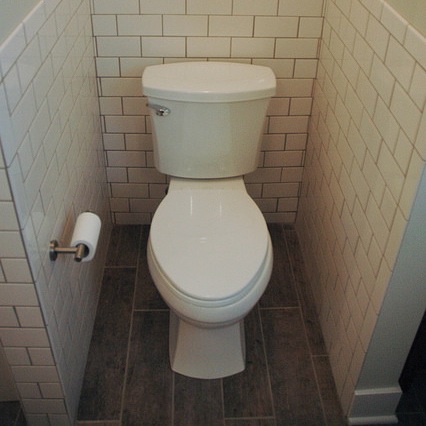August 21, 2014 — With record-breaking droughts, rising temperatures and more than half of the United States population living in cities with vulnerable water supplies, water scarcity has gone from distant doomsday scenario to a natural resource reality. But at 98 gallons of water per person, the United States’ daily water use is among the highest of any nation in the world, over seven times the 13.2 gallons needed for basic human needs. So what should your household be doing to conserve water?
A recent study published in Environment magazine by Benjamin Inskeep and Shahzeen Attari put common conservation practices to the test, finding out which ones hold water and which should be left out to dry. In “The Water Short List: The Most Effective Actions U.S. Households Can Take to Curb Water Use,” the authors determined that the greatest indoor water saving potential comes from toilets and washing machines, accounting for 38 and 26 percent of total indoor water savings, respectively. Seemingly simple practices such as installing a low flush-toilet or only washing full loads of laundry can reap tremendous conservation benefits.
Outdoor water use accounts for 29 percent of residential consumption, so conservation can’t stop at the door. Replacing turfgrass with water-wise landscaping is one of the most effective conservation measures. Watering plants in the morning or simply using a hose instead of a sprinkler can cut outdoor water consumption by up to 40 percent.
“Clear and accurate communication of the potential savings associated with specific actions can draw the attention of households to actions that are relatively easy for them to implement and effective at curbing water use,” the authors write. “As water availability is expected to become an increasingly urgent issue in the coming decades, it is heartening to find that substantial reductions in household water use are readily available to U.S. households.” Photo by Jodimichelle (Flickr | Creative Commons)
Ensia shares solutions-focused stories free of charge through our online magazine and partner media. That means audiences around the world have ready access to stories that can — and do — help them shape a better future. If you value our work, please show your support today.
Yes, I'll support Ensia!
